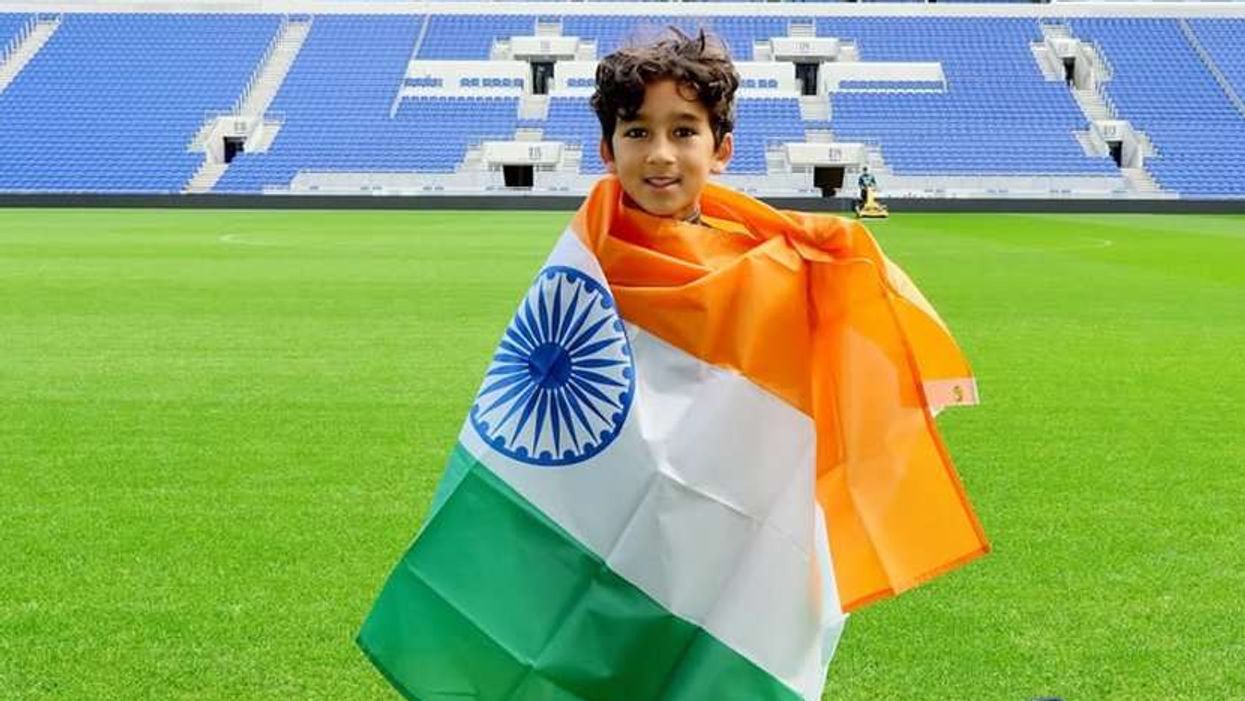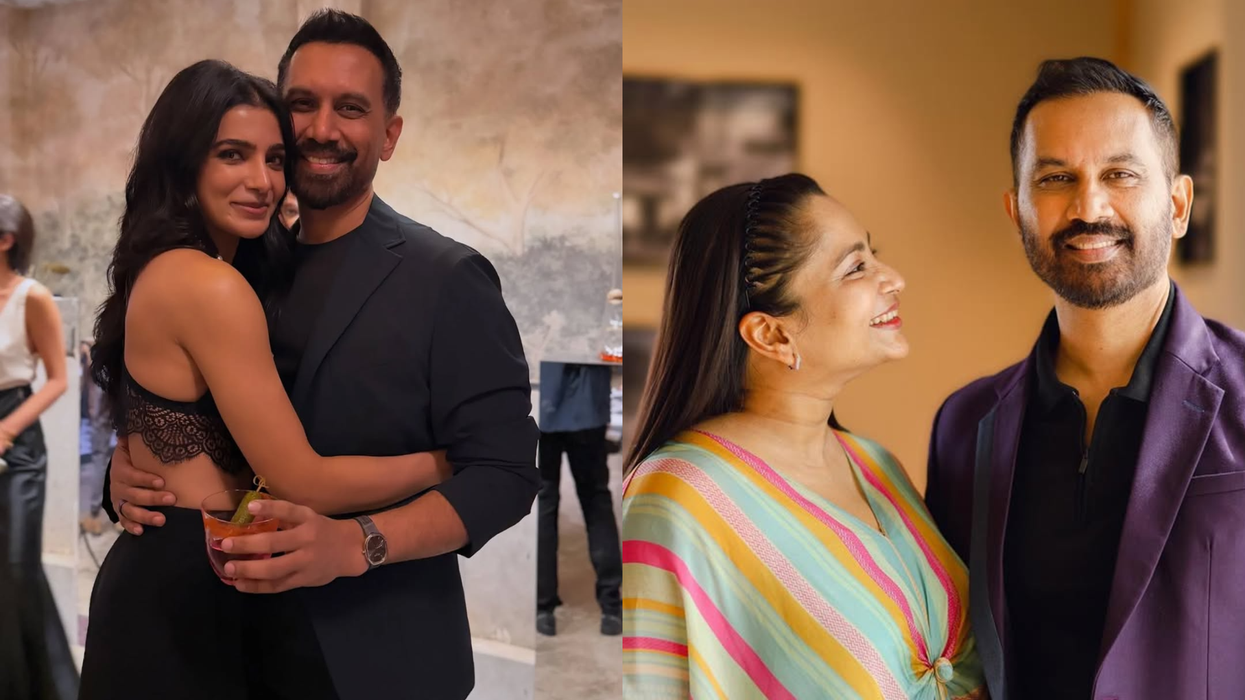The Indian cricket team's conditioning coach Shankar Basu has made it mandatory for the players to undergo random fitness test in an attempt to maintain the same on-field intensity throughout a series.
In every practice session, some or the other player (even a group of them) is put through a rigorous training drills after they have finished with their respective skill-set session (batting, bowling or fielding).
The YoYo endurance test, which has of late been in the news after Yuvraj Singh's failure to clear the same, is a pet project of Basu.
Indian team's form man Dhawan has been spotted undergoing this test twice on this tour already, once before the second Test at SSC along with Ravichandran Ashwin and Cheteshwar Pujara, and then, ahead of the first ODI in Dambulla, along with Virat Kohli and KL Rahul.
Former skipper MS Dhoni was also put through this test post practice last Friday (18).
"The fitness aspect has always been there. It is just that it is now more in prominence because it is very important that everyone in the team should be at the same level of fitness. This is because fitness is a major part in all three departments. One moment of poor fielding can change the momentum of the game," Dhawan said after another match-winning knock.
Dhawan termed this new fitness regime as a fair call by the team management.
"In today's cricket, it is not like 10 years back. Things were different earlier but now the game is very high paced and you have to be fit. And it is fair to expect so. If you are not fit, then the team has to bear that load and it is not fair on the team.
"It is something seen not just in Indian cricket but also every other cricket team like Australia, England, etc. They all have fitness parameters, and now, so do we," the opener's answer was an indication why some of the illustrious players could not make it to the side.
Additionally, it highlights a certain acceptance from both the selectors and the team management that this has to be the foremost quantifiable criterion going forward given the plethora of talent available.
"We have got good players. If one goes, there is always another player (to take up that spot), so we can afford to look at this aspect. There has to be a balance. If we don't have a back-up player of same ability, then we know that we cover it (fitness levels) up a little bit.
"Now, we know that we have that (great bench strength) so why not put more responsibility on the players who can come up and do a job for the team," said Dhawan.





 The Ironbridge Gorge World Heritage Site in Shropshire
The Ironbridge Gorge World Heritage Site in Shropshire Arcadia; a beaver at the Holnicote Estate
Arcadia; a beaver at the Holnicote Estate
 And , René Olivieri
And , René Olivieri






